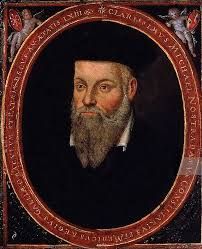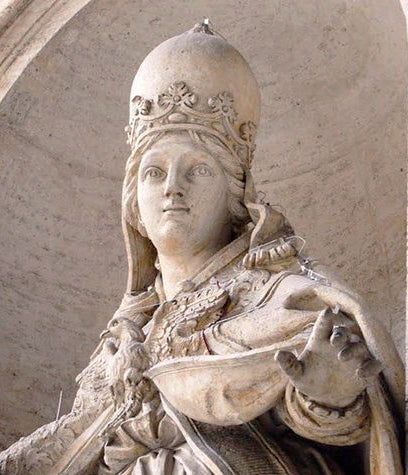The Gospel of Thomas

THE GOSPEL OF THOMAS
By John Santosuosso
In 1945, before the discovery of the Dead Sea Scrolls, some Egyptian farmers were digging for fertilizer near the village of Nag Hammadi. History did not record what success they had, but they did find something better than what they were seeking. It was a jar, and it contained fifty-two ancient writings on thirteen leather manuscripts. Today scholars appropriately call them the Nag Hammadi library. While all are valuable, it is the so-called Gospel of Thomas that has attracted the most attention.
The early documents pertaining to Christianity and the period between the Old and New Testaments might be separated into three groups. The first of these would be the Canon. These are the ones considered to be the core teachings of the faith and include the books of the Bible such as the four Gospels, the letters of Paul, and the Acts of the Apostles, along with the Old Testament Canon. Recently I wrote a blog piece on the Apocrypha. It includes books considered canonical by Roman Catholics and Eastern Orthodoxy, but not most Protestant denominations. Episcopalians and Lutherans take the position that while not canonical they are useful for instruction. Finally there is a large number of writings known as pseudepigrapha (spurious or hidden). A very few of these have been accepted by some churches, such as the Ethiopian Church, but most are not considered canonical by anyone. The Gospel of Thomas belongs to this category.
So why have scholars been interested in it? There are several reasons. The Gospel of Thomas has no account of Jesus's birth, crucifixion and resurrection, or miracles. What it does have is over one hundred sayings attributed to Jesus. While most are probably later, some may actually be authentic teachings of Jesus. Others are very similar to some found in the Gospels.
The fact that this is a collection of sayings is also noteworthy. Many scholars have a theory that the authors of the Gospels of Luke and Matthew in writing their Gospels used a "sayings of Jesus" collection. It is simply known as "Q" or Quelle, German for source. No copies of this have been found. Certainly Luke and Matthew did not use the Gospel of Thomas, but its existence is proof that sayings sources did exist.
Hopefully, this technical stuff has not caused you to find something that might be "lighter reading," because when you understand that some scholars spend their entire professional lives working with puzzles like this you begin to see how much attention our treasured Bible has received down through the years. You can see why we need to take this book seriously, and that the years of scholarship it has received have contributed tremendously to our understanding of its vital message. We can leave the details to the scholars, but we can benefit greatly from their findings.
Why was this book written? It dates from the early second century, so Thomas was not its author. That is one of a number of reasons it did not make it into the Canon. It probably came out of gnostic circles. Already by the time of Paul gnostics were starting to become a problem. Frustrated by the delay in Jesus's return, they began to preach that salvation came from understanding secret teachings of Jesus. There were many varieties of Gnosticism, and the subject is too involved to discuss here. However, the Gospel of Thomas again proves useful in helping scholars understand the challenge to early Christianity and how Paul and the early Church Fathers worked to combat it.
If you want to read the text of the Gospel of Thomas, you should be able to find a translation on the web. You can also purchase copies for a modest price from Amazon or other book sellers. It certainly is not necessary in order to understand the Bible, but if you want to explore the "Q" theory the best books are probably those of Burton Mack. They are not difficult reading. Elaine Pagels, who has guest lectured at Florida Southern College, has written numerous books on Gnosticism. She is a most gracious person, willing to sign books and answer questions about her work.







